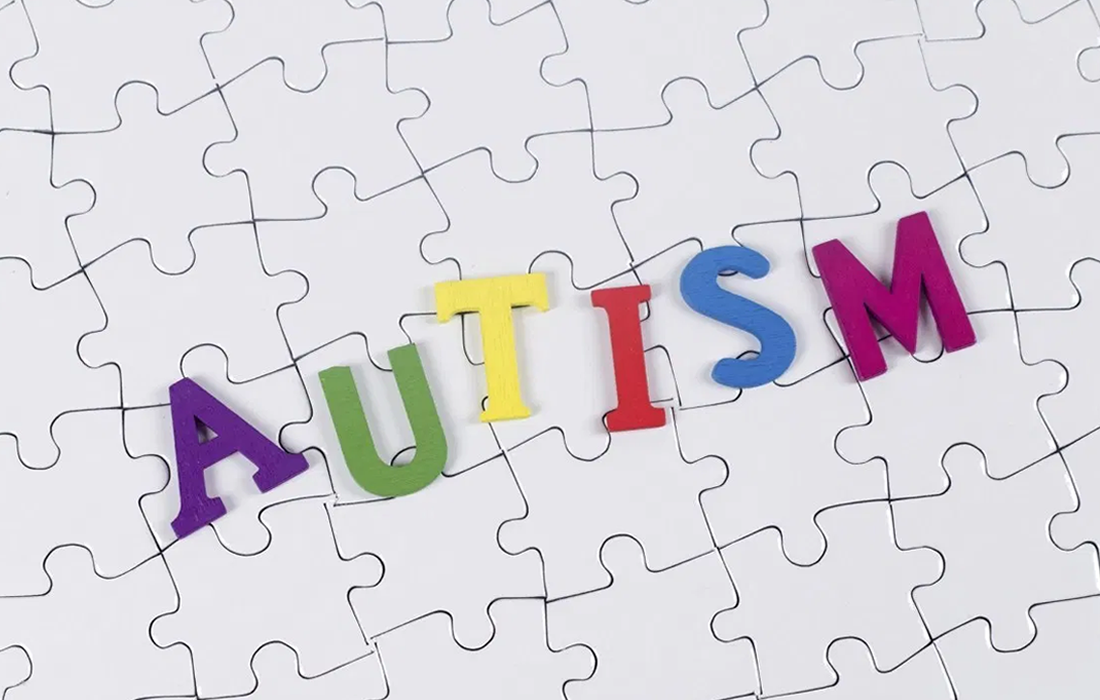Regenerative Medicine News and General Information
Study Finds Variants of a Gene in Autism Spectrum Disorder
Autism spectrum disorder (ASD) is a developmental disability that can cause significant social, communication and behavioral challenges. There is often nothing about how people with ASD look that sets them apart from other people, but people with ASD may communicate, interact, behave, and learn in ways that are different from most other people.
The learning, thinking, and problem-solving abilities of people with ASD can range from gifted to severely challenged. Some people with ASD need a lot of help in their daily lives; others need less.
People with ASD often have problems with social, emotional, and communication skills. Children or adults with ASD might:
- Not point at objects to show interest.
- Not look at objects when another person points at them.
- Have trouble relating to others or not have an interest in other people at all.
- Avoid eye contact and want to be alone.
- Have trouble understanding other people’s feelings or talking about their own feelings.
- Prefer not to be held or cuddled, or might cuddle only when they want to.
- Have trouble expressing their needs using typical words or motions.
New Study Findings
Scientists at the University of North Carolina at Chapel Hill School of Medicine and colleagues have demonstrated that rare variants in the ANK2 gene, consistently found in individuals with ADS, can alter architecture and organization of neurons, potentially contributing to autism and neurodevelopmental comorbidities. The study was published in the journal eLife.
The ANK2 gene instructs neurons and other cell types how to make ankyrin-B, a protein with multiple functions in the nervous system. ANK2 encodes for various versions of ankyrin-B through a process known as alternative splicing, whereby portions of the protein are excluded in the final molecules.
Studies have found rare variants in this gene in patients with , making it one of the high-confidence risk genes associated with the condition.
Scientists have proposed mechanisms that may affect individuals with ASD, one of them is neuron communication, which is determined in part by alterations in axons. The axonal cytoskeleton is thought to be another major functional axis affected in ASD.
In the study, the researchers showed that selective loss of a giant ankyrin-B isoform leads to more axon branches in mouse brains and volumetric increases of multiple axonal bundles.
“Brain cortical regions have been the most directly linked to ASD pathology. The changes we observed in cortical structural connectivity likely result from combined defects in axon branch initiation, guidance, and pruning of misdirected or overabundant projections during development due to giant ankyrin-B deficiency,” Damaris Lorenzo said, an assistant professor in the UNC Department of Cell Biology and Physiology.
“Our new insights together with our tools and methods will help us assign pathogenicity to other ANK2 variants. We are certain there is undiscovered biology relevant to brain function and ASD involving this gene and we are pursuing it,” Lorenzo said. “Our bottom-up approach of discovery and functional validation contributes to the underdeveloped knowledge database of ASD functional etiology. This is critical because this heterogeneous and complex disorder likely requires personalized strategies for clinical intervention.”
Source:
University of North Carolina Health Care. “Scientists discover biological mechanisms caused by deficits in high-risk autism gene.” ScienceDaily. ScienceDaily, 29 November 2021. <www.sciencedaily.com/releases/2021/11/211129172758.htm>.
Simone Afriyie, et al. Giant ankyrin-B mediates transduction of axon guidance and collateral branch pruning factor sema 3A. eLife, 2021; 10 DOI: 10.7554/eLife.69815
https://www.cdc.gov/ncbddd/autism/facts.html
Image from:

